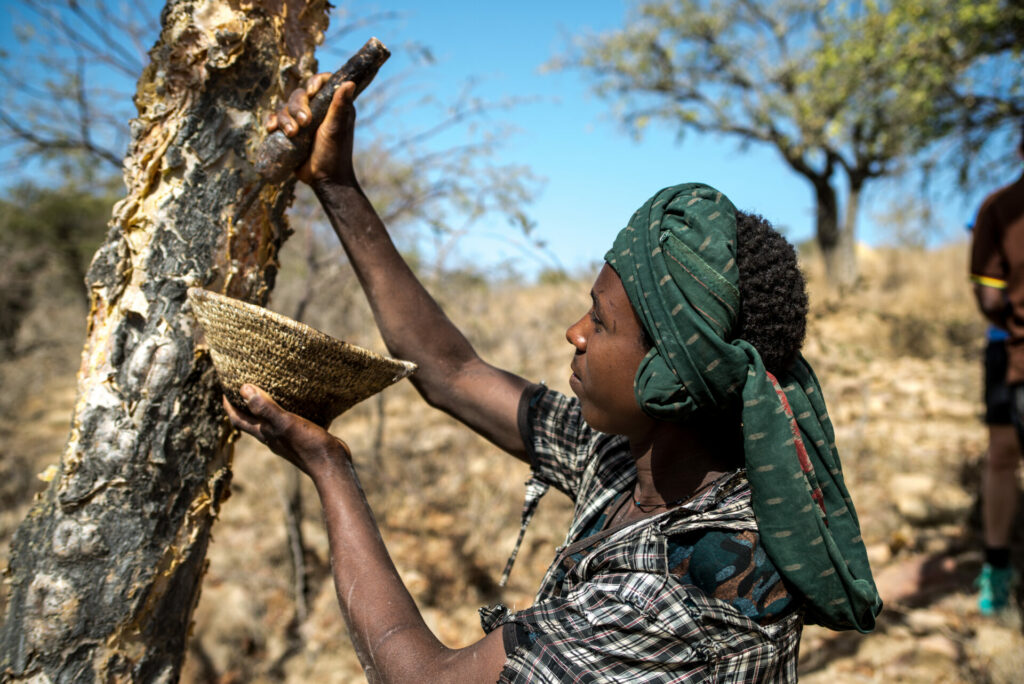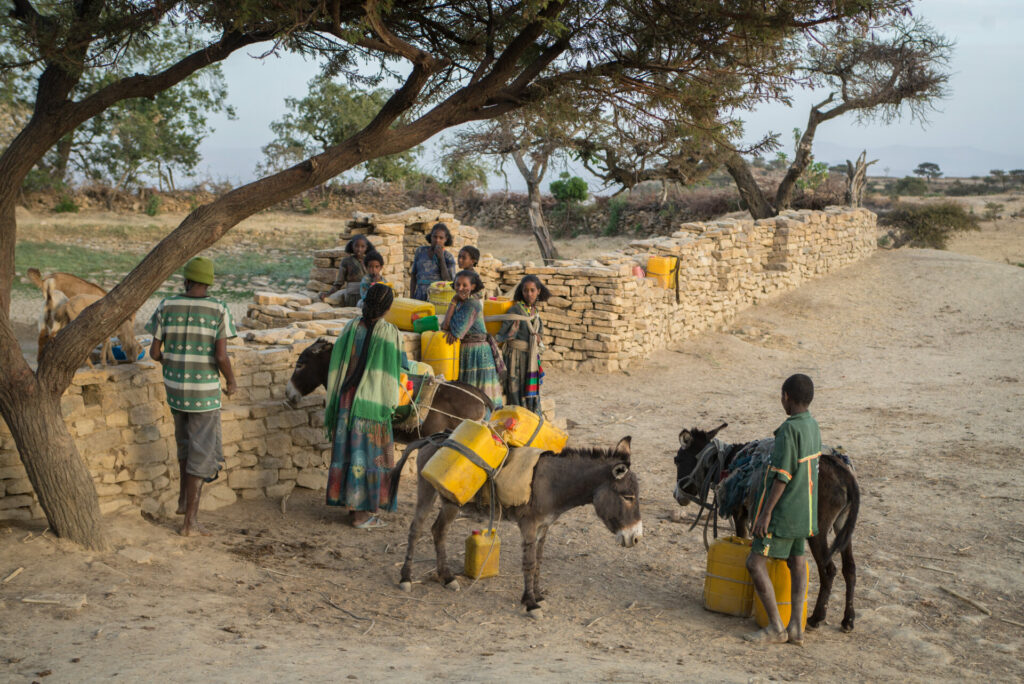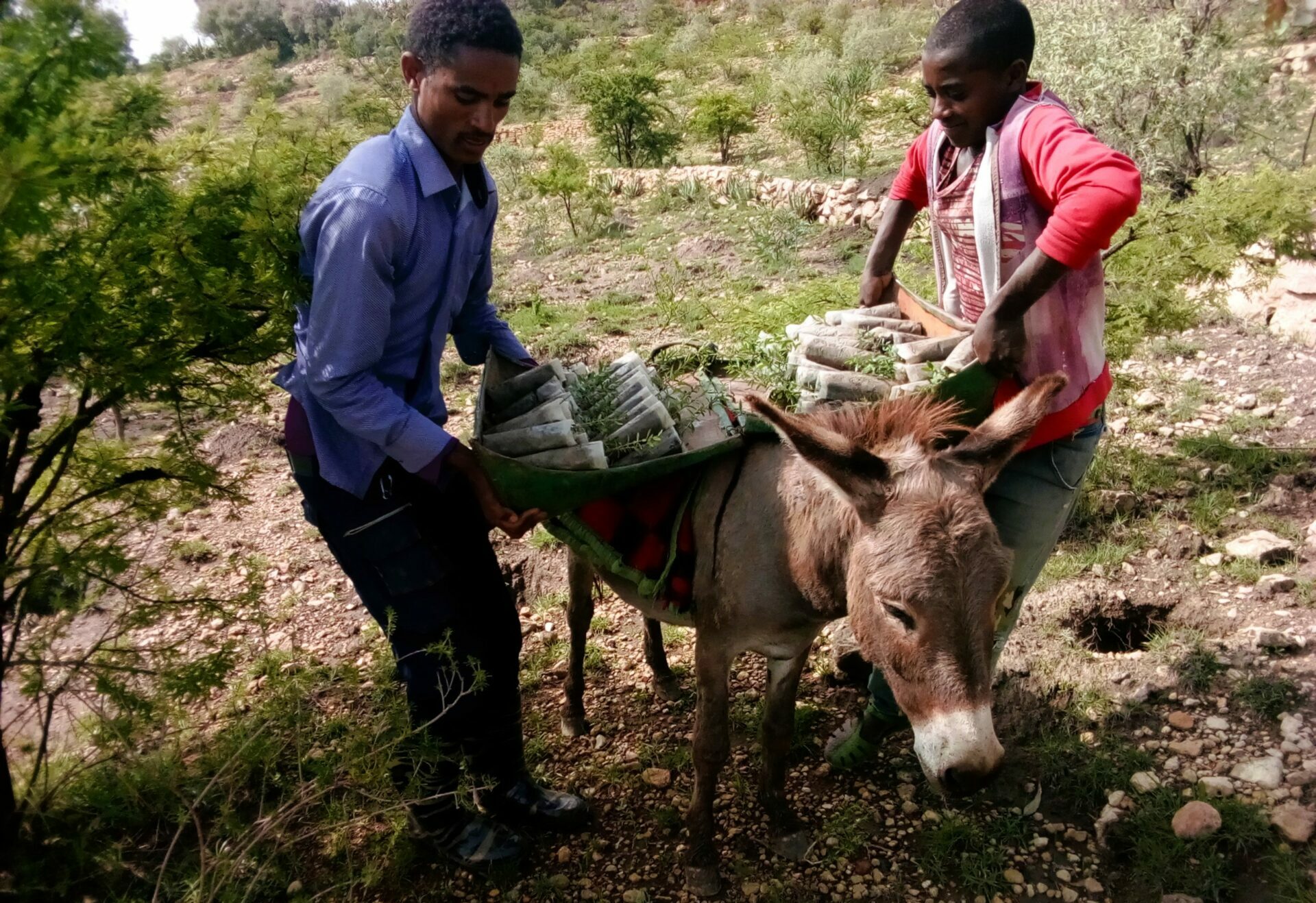EthioTrees
Tigray
North Ethiopia
Ecosystem restoration and agroforestry by smallholders and landless farmers

Community led ecosystem restoration
The EthioTrees Plan Vivo project aims to partner with communities to create sustainable livelihood opportunities for smallholders and landless farmers in different villages across Tigray (North Ethiopia). The project supports woodland restoration, agroforestry and ecosystem services development. For this purpose, a holistic landscape restoration approach is developed to strengthen socioenvironmental regeneration.
 >
>
Project
impact

Long-term engagement is realized through community participation in project design and socioecological reinvestments.

Improving biodiversity goes hand in hand with reducing land degradation and water runoff. This creates resilience against the effects of recurrent droughts.

Climate resilience and crop productivity are strengthened through carbon removal in soil and biomass.


Projects
specs

 >
>